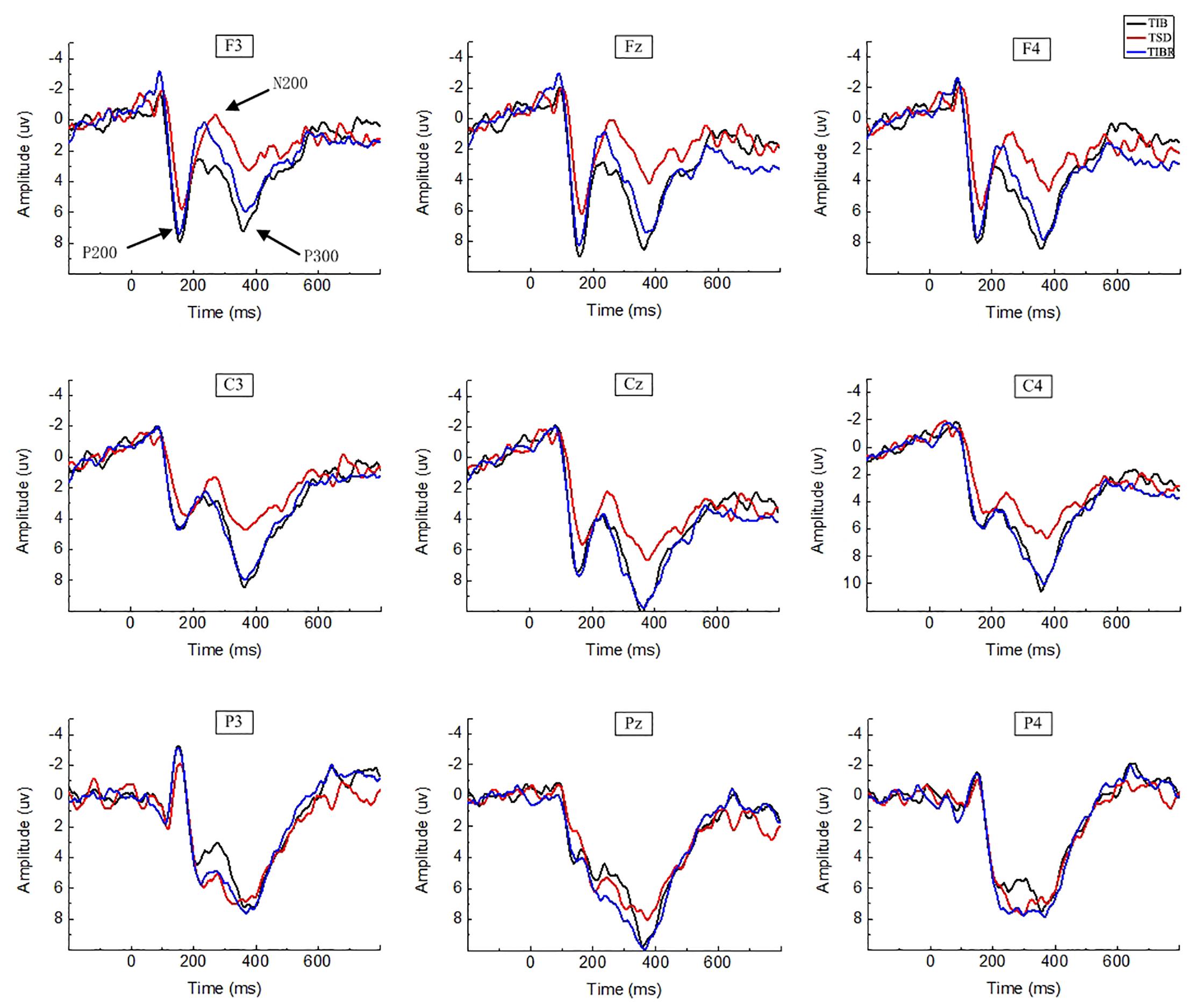Visualization and Filesystem use Cases Show Value of Giant Memory Fat …

본문

Frontera, the world’s largest tutorial supercomputer housed on the Texas Superior Computing Middle (TACC), is large each when it comes to variety of computational nodes and the capabilities of the big memory "fat" compute nodes. A few current use circumstances demonstrate how tutorial researchers are using the quad-socket, 112-core, 2.1 TB persistent memory to help Frontera’s massive memory nodes to advance a large variety of analysis topics including visualization and filesystems. The arrival of Software program Defined Visualization (SDVis) is a seismic occasion within the visualization community because it permits interactive, high-resolution, photorealistic visualization of giant data with out having to move the info off the compute nodes. In transit and in situ visualization are two methods that permit SDVis libraries equivalent to Embree and OSPRay to render knowledge on the same nodes that generate the info. In situ visualization renders data for visualization on the same computational nodes that carry out the simulation.
In transit visualization lets users tailor the render vs simulation workload through the use of a subset of the computation nodes for rendering. "The HPC neighborhood is coming into a new period in photorealistic, interactive visualization using SDVis," mentioned Dr. Paul Navrátil, director of visualization at TACC. The quad socket Intel Xeon Platinum 8280M massive memory Frontera nodes give scientists the flexibility to interactively render and Memory Wave see essential events (as a consequence of CPU-based rendering) and - again interactively - leap again in the info to examine what brought about the important event to occur. This interactive "instant replay" capability is enabled by the high core count, excessive-bandwidth (six memory channels per socket or 24 memory channels total) of the TACC large memory 2.1 TB nodes. Jim Jeffers (senior principal engineer and senior director of superior rendering and visualization at Intel) has been a central mover and shaker in HPC visualization with his work on SDVis and the Intel Embree and Intel OSPRay libraries.
He explains, "Optane Persistent Memory offers scientists with the memory capacity, bandwidth, and persistence options to enable a new degree of management and capability to interactively visualize large knowledge units in actual time and with up to film-quality fidelity. Scientists are in a position to acknowledge or extra simply determine key occurrences and interactively step forward and backward in time to see and understand the scientific significance. David DeMarle (Intel pc graphics software engineer) factors out that the 2.1 TB memory capability in the Frontera massive memory nodes gives users the power to maintain intensive histories of their OpenFOAM simulations in memory. Using software, scientists can trigger on an occasion, obtain an alert that the event has happened, and then assessment the causes of the occasion. Collisions, defined as an event where a number of particles are contained in a voxel or 3D block in area, are one example of an important fluid circulation event. Alternate options embody triggers that occur when the stress exceeds or drops under a threshold in a voxel.
Memory capability is important to preserving the simulation histories that help scientists perceive bodily phenomena as fashionable systems can simulate larger, more advanced techniques with higher fidelity. Conserving data within the persistent memory gadgets delivers a efficiency enhance memory retention. DeMarle observes, "The runtime savings is extremely correlated to quantity of memory, Memory Wave which implies that the savings will scale to giant runs each when it comes to dimension and decision." Scalable approaches are vital as we transfer into the exascale computing period. DeMarle and his collaborators used in situ strategies to create their OpenFOAM visualizations and histories so the data doesn't have to maneuver off the computational nodes. They called the Catalyst library to perform the in situ rendering. Alternatively, users may carry out in situ visualization utilizing the OpenFOAM Catalyst adapter. ParaView was used because the visualization device. To regulate resource utilization, Catalyst calls the open-supply Intel memkind library. This gives two advantages: (1) the persistent memory capacity might be allocated to be used by the simulation (using Memory Mode) and (2) information could possibly be directly written to the persistent memory units utilizing App Direct mode.

댓글목록0
댓글 포인트 안내